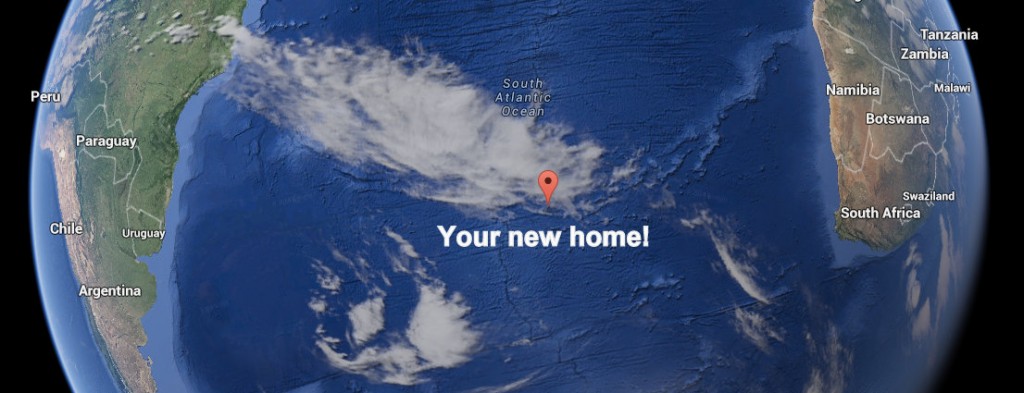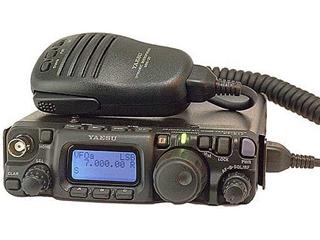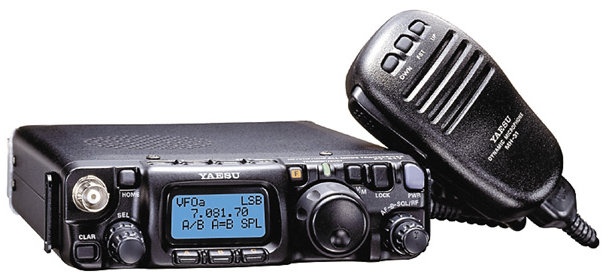 Shortwave listeners are interesting, creative people who do interesting, creative work: they’re scientists, veterans, corporate employees, students, retirees, volunteers, politicians, musicians, inventors, entrepreneurs, engineers, humanitarians, reporters, artists, researchers, sailors, pilots, pirates…and most seem to be travelers. But to say the least, they’re very diverse. The joy of the SWLing Post, for me, is the fascinating readers here and the great variety of questions and comments I receive from you.
Shortwave listeners are interesting, creative people who do interesting, creative work: they’re scientists, veterans, corporate employees, students, retirees, volunteers, politicians, musicians, inventors, entrepreneurs, engineers, humanitarians, reporters, artists, researchers, sailors, pilots, pirates…and most seem to be travelers. But to say the least, they’re very diverse. The joy of the SWLing Post, for me, is the fascinating readers here and the great variety of questions and comments I receive from you.

Pack your bags! We’re going on an assignment!
On this blog, I often write about selecting the “right” radio for home, boating, preparedness, off-grid living, and of course travel–but sometimes I like to go through the mental exercise of imagining a scenario a little more extreme.
Indeed, I occasionally receive such “extreme” questions from our readers, questions that push the limits of the hobby, demanding highly specific needs in a radio. And, I readily admit, I thoroughly enjoy these questions! They give me a chance–and good excuse, really–to be imaginative and innovative, to push beyond mere practical or monetary constraints to consider unique environments, weather conditions, durability needs, power requirements, and/or resource availability…great fun.
If you enjoy this kind of brain game, too, check out our virtual challenge that follows:
Should you agree to take it on, you’ll need to complete it within two weeks. Why the time constraint? Let’s imagine that your flight leaves May 15th, and you’ll need to make sure you’ve received, tested, and packed all of your supplies by that date.
[By the way, this scenario is based on an actual reader question.]
Here’s your challenge…
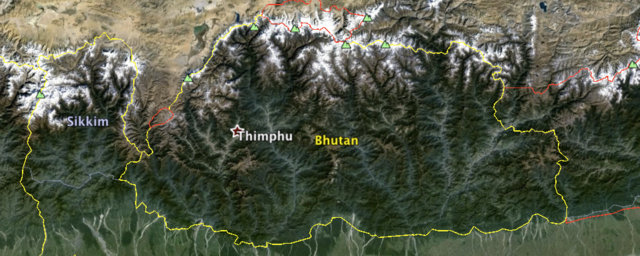
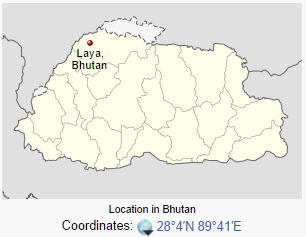 Location: Laya, Bhutan
Location: Laya, Bhutan
Accommodation: A one room house
Electricity: Your village is completely off the electrical grid
Internet: You have no access to the Internet in the small town where you will be living. As a teacher you can use the Internet at any school in Bhutan, though you’ve been told there is no internet access in remote Laya.
Your budget: $1,200 US–which must cover all of your radio requirements (radio, antenna, batteries, and all accessories)
 Scenario: You’re serving a two year assignment as an English and Science school teacher in the extremely remote community of Laya, Bhutan. Your logistics, travel and living expenses will all be covered for you by the agency which arranges the teacher assignment. That being said, your total amount of luggage cannot exceed the maximum amount of luggage allowed by your airline: one carry-on and two check-in bags, both of no more than 60 kg (132 lbs), total. There will be some winter weather clothing made for you locally in Laya. You’ve been told that Laya is “several days” walk from the nearest maintained road.
Scenario: You’re serving a two year assignment as an English and Science school teacher in the extremely remote community of Laya, Bhutan. Your logistics, travel and living expenses will all be covered for you by the agency which arranges the teacher assignment. That being said, your total amount of luggage cannot exceed the maximum amount of luggage allowed by your airline: one carry-on and two check-in bags, both of no more than 60 kg (132 lbs), total. There will be some winter weather clothing made for you locally in Laya. You’ve been told that Laya is “several days” walk from the nearest maintained road.
Once you arrive, you will primarily travel regionally within Bhutan on an infrequent basis.

View of Laya, Bhutan (Source: Roro Travel)
Bhutan is a beautiful land-locked, mountainous country, nestled in the Himalayas. You will work and live in the town of Laya, Bhutan (population 3,000) as an English and Science teacher. Laya’s altitude is 3,820 meters or 12,533 feet.
Once you’ve settled in, ordering a new radio or accessories will not be an option. Repairing your radio will also be very difficult as you expect no access to electronic repair facilities. An emphasis on quality equipment is a must. You might be wise to consider a small, back-up radio as well.
You’ve allowed yourself a rather generous budget since this is such a long-term assignment. You’ve allocated $1,200 US –the price of a good laptop computer. You do not plan to bring a laptop, but you do plan to bring a lightweight tablet PC or smart phone for use when you travel regionally, in hopes that you will find internet access in other towns. Your main limitations will be:
- Being completely off the grid
- Weight and size of equipment
- Allowance for alternative power supplies (how will you charge your batteries at home?)
Your small, one room stone cottage is attached to another similar cottage. You will be able to string a wire antenna outside, and you understand that there is even “a small tree” outside the window. Weather, at this altitude, can be extreme at times.
We’ll assume you’re starting from scratch, that you have neither radio nor accessories.
Your goal is to have the best shortwave listening set-up possible for your budget and for this location.
If you are a ham radio operator (or plan to become one), you may chose a general coverage transceiver for this assignment. There is, however, no guarantee that you will be able to successfully procure a Bhutanese license, but there is some promise. (I can assure you that if you do get on the air, you’ll need to be familiar with operating split and working pile-ups!)
Obviously, the more you understand the unique geography and infrastructure of Bhutan and its limitations, the better choices you’ll make for your gear.
Limitations:
- You’re limited to a (virtual) budget of $1,200 US to procure your supplies; ideally, this includes shipping costs of the purchase
- You can select used gear, but must base your choices on reality (i.e., actually find item(s) online and document the price and time of availability). If you “shop” eBay, make sure you’re using the final price, not the current or opening bid. If you do locate something used on eBay, QTH.com, QRZ.com or at Universal Radio, for example, include the link! (Just to add to the fun.)
- Your main objective is to listen to international broadcasters, and do a little DXing.
- Remember, you’ll be stuck with this radio for two full years! So choose something you’ll love to operate, and don’t forget your vital accessories.
Note that the limitations of this exercise are simply to level the playing field for everyone as well as to make the challenge a little tougher (and thus more fun!). Of course, they’re open to interpretation, but do try to honor the spirit of the game.
If you participated in our last challenge, it will be interesting to see if this one will have you opting for different equipment.
Up to the challenge? You’ve got two weeks–!
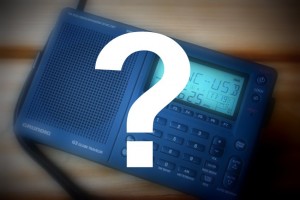 To participate, just comment on this post with your suggested set-up, any links, and a brief explanation for your choices.
To participate, just comment on this post with your suggested set-up, any links, and a brief explanation for your choices.
You’re also welcome to email me directly with your response.
We’ll select some of the most interesting and relevant responses and post them in two weeks, on October 3, 2014.
Have fun! We can’t wait to read the responses…!








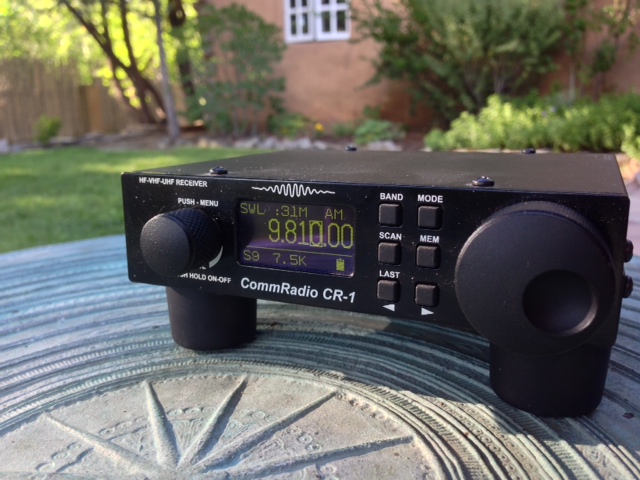
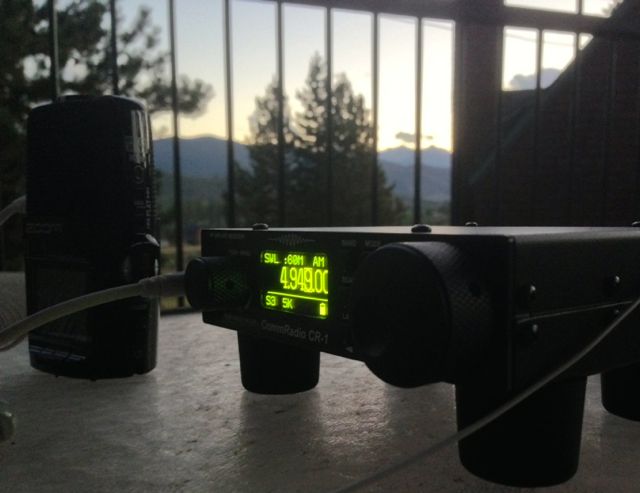
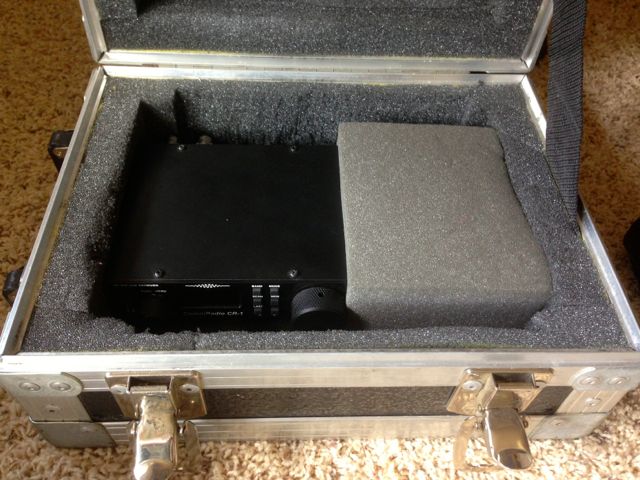
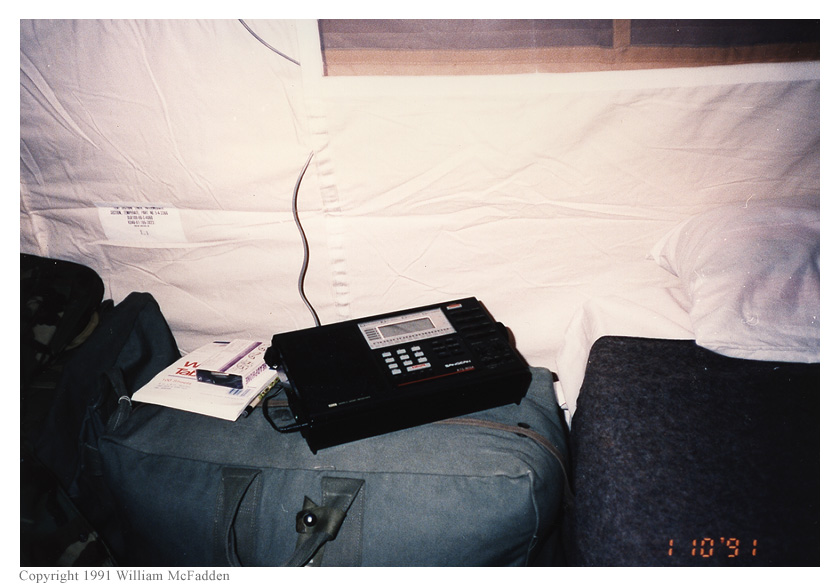

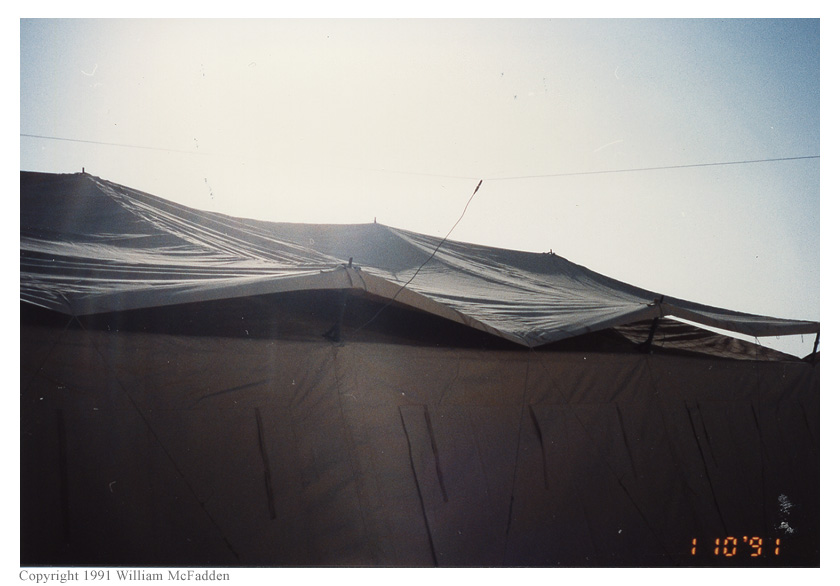
![[This photo] was from inside our "hooch" on the Lockheed Compound near Jeddah, Saudi Arabia.](https://swling.com/blog/wp-content/uploads/2014/05/Desert_Storm_SW_Jeddah_SA_01-300x209.jpg)
